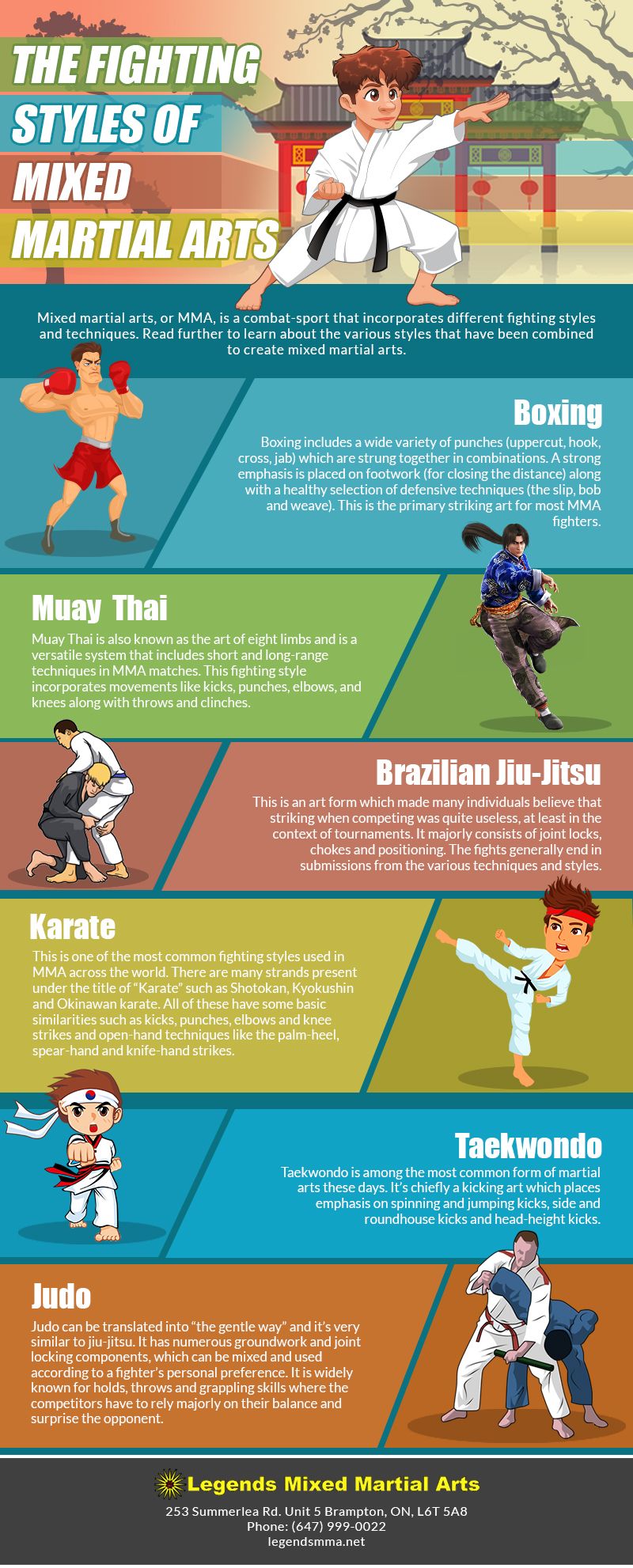10 Popular Martial Arts Styles Explained

The Evolution and Essence of Martial Arts
Martial arts are more than just physical combat systems; they are cultural legacies, philosophical frameworks, and tools for personal growth. Originating from diverse regions across the globe, each style carries unique techniques, principles, and histories. This exploration delves into 10 of the most popular martial arts, unraveling their origins, core philosophies, and modern applications.
1. Karate: The Way of the Empty Hand
Karate, rooted in Okinawan traditions and influenced by Chinese martial arts, focuses on striking techniques—punches, kicks, knee strikes, and open-hand methods. Its belt system, from white to black, signifies progression in skill and character. Modern karate is both an Olympic sport and a practice for self-improvement, blending physical rigor with mental focus.
2. Taekwondo: The Art of the Foot and Fist
Taekwondo, meaning “the way of the hand and foot,” is renowned for its acrobatic kicks and emphasis on speed. Rooted in ancient Korean martial arts like Taekkyon, it gained global prominence in the 20th century. As an Olympic sport since 2000, it combines athletic competition with traditional values like respect, perseverance, and indomitable spirit.
3. Judo: The Gentle Way
Founded by Jigoro Kano in 1882, Judo transforms an opponent’s force into a weakness. Techniques include throws, grappling, and submissions, with a focus on leverage rather than brute strength. As an Olympic sport since 1964, Judo also teaches moral principles, making it a holistic discipline for body and mind.
4. Brazilian Jiu-Jitsu (BJJ): Ground Fighting Mastery
BJJ, popularized by the Gracie family, revolutionized martial arts by proving the effectiveness of ground fighting. Its philosophy centers on neutralizing larger opponents through technique. BJJ’s influence is evident in MMA, where it’s a cornerstone for submission grappling.
5. Kung Fu: China’s Diverse Martial Heritage
Kung Fu encompasses a vast array of styles, each tied to regional or philosophical traditions. For example, Wing Chun (Bruce Lee’s foundation) focuses on close-range combat, while Tai Chi emphasizes slow, flowing movements for health and self-defense. Kung Fu’s diversity reflects China’s rich cultural tapestry.
6. Muay Thai: The Art of Eight Limbs
Muay Thai’s name derives from its use of eight points of contact—fists, elbows, knees, and shins. Historically a battlefield art, it’s now a global combat sport known for its intensity. Practitioners wrap hands in hemp ropes (now gloves) and engage in rigorous conditioning, embodying Thailand’s warrior spirit.
7. Aikido: Harmony in Motion
Founded by Morihei Ueshiba, Aikido blends physical techniques with spiritual principles. Practitioners use circular movements to neutralize attacks, emphasizing harmony over victory. Its non-competitive nature makes it a meditative practice, focusing on self-awareness and conflict resolution.
8. Krav Maga: Real-World Self-Defense
Developed for the Israeli Defense Forces, Krav Maga prioritizes efficiency and instinctive responses. Techniques include strikes, disarms, and escapes, with scenarios mimicking real-world threats. Its no-rules approach makes it a top choice for military, law enforcement, and civilians seeking survival skills.
9. Capoeira: Dance, Music, and Combat
Born from African slaves in Brazil, Capoeira disguised martial training as dance to evade colonial bans. Played to the rhythm of berimbau music, it features fluid kicks, sweeps, and flips. Today, it’s a cultural symbol of resistance and creativity, celebrated worldwide for its artistry.
10. Boxing: The Sweet Science
Boxing, the sport of fisticuffs, demands precision, endurance, and strategy. Techniques include jabs, hooks, and footwork, with training focusing on speed and power. Beyond the ring, boxing’s discipline and cardio benefits make it a popular fitness regimen.
Which martial art is best for self-defense?
+Krav Maga and Brazilian Jiu-Jitsu are highly effective for real-world self-defense due to their practical, scenario-based training.
Can martial arts improve mental health?
+Yes, disciplines like Aikido and Tai Chi promote mindfulness, stress reduction, and emotional balance through structured practice.
How long does it take to master a martial art?
+Mastery varies; achieving a black belt in Karate or Judo typically takes 5–10 years, while lifelong practice is common in arts like Kung Fu.
Are martial arts suitable for children?
+Yes, styles like Taekwondo and Judo teach discipline, focus, and confidence, with classes tailored to age-appropriate skills.
Conclusion: A Global Legacy of Discipline and Diversity
Martial arts are a testament to humanity’s ingenuity, resilience, and quest for self-improvement. Whether for combat, fitness, or philosophy, each style offers a unique path to mastery. As these traditions evolve, they continue to inspire millions, bridging cultures and generations through shared values of respect, perseverance, and growth.
Final Thought: The true essence of martial arts lies not in victory, but in the journey of self-discovery and transformation.



